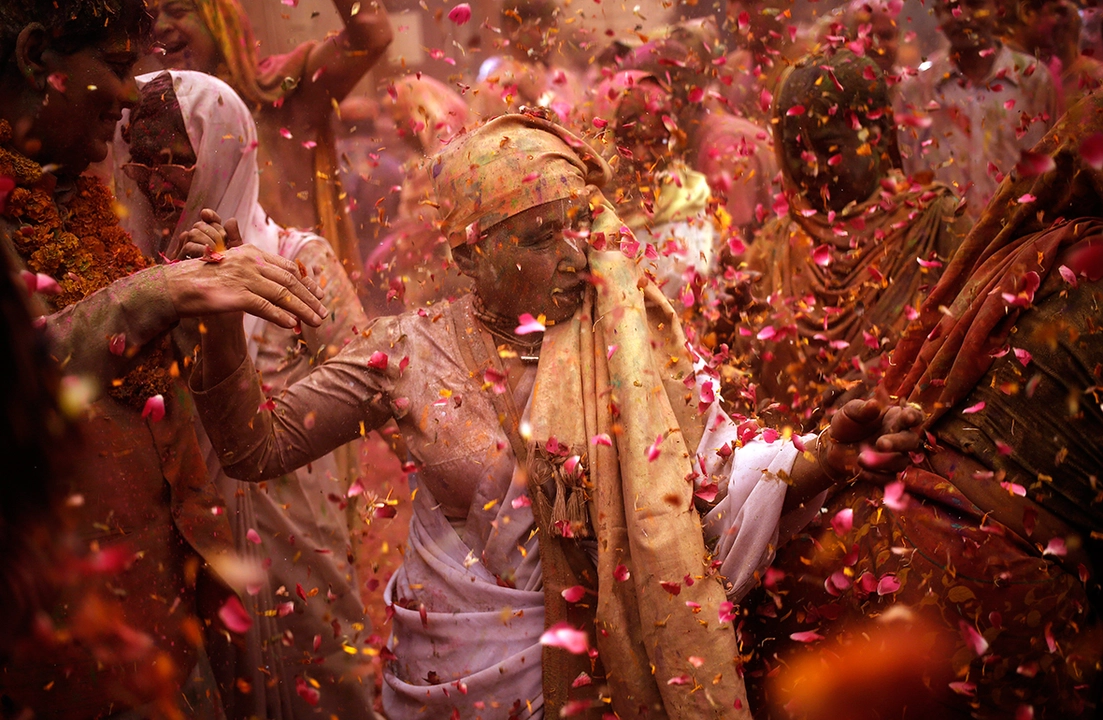Traditions: Why They Matter and How They Change
Traditions shape how communities celebrate, mourn, eat, and pass time. They tell a story about where people came from and what they value today. On RealTime TV News we cover traditions because they often touch politics, festivals, courts, and daily life. Knowing a tradition helps you understand a news story faster.
Traditions are not stuck in time. They adapt. Food, music, and rituals change when people move, when technology spreads, or when laws shift. A practice that made sense a century ago may be adjusted now for safety, fairness, or convenience. That's normal - change doesn't erase meaning, it gives traditions new life.
How to respect and learn a local tradition
Start by asking simple questions: Who started this practice? When does it happen? What do people wear and why? Talk to elders and local storytellers. Watch events quietly before joining, and follow local rules about dress, photos, and behavior. If you're a visitor, check with hosts before taking pictures or sharing details online.
When you explain a tradition to others, focus on facts: origins, who takes part, and how it looks today. Avoid guessing about beliefs or motives. If a tradition involves food or garments, offer to help with small tasks - that shows respect and opens conversations you won't get by staying distant.
Practical tips for preserving and reporting traditions
Record stories with permission. Short audio clips, a few photos, or written notes capture details before they fade. Label every record with dates and names so the memory stays clear. Share copies with community members so they keep control over their own history.
If you're a journalist, check facts with multiple sources. Describe what you saw, and let community members speak for themselves. Be careful with labels like 'ancient' or 'outdated' - those words shape how readers feel and can unfairly judge a living practice. Explain why a tradition matters today, not just where it came from.
For families keeping traditions alive, small changes can help. Shorten long rituals so younger people can join. Add clear instructions so anyone can help. Use video calls to include relatives who live far away. These tweaks keep meaning while making practices workable in modern life.
Finally, think about safety and consent. Traditions should never require harm, exclusion, or coercion. If a practice risks someone's health or rights, communities can rework it without losing the core idea. Healthy traditions connect people, celebrate identity, and create memory - and those are worth protecting.
Quick checklist before attending a traditional event: ask permission, learn basic dos and don'ts, dress modestly, offer a small gift when appropriate, avoid loud behavior, and follow any photography rules set by organizers.
Examples help. In many Indian festivals, food sharing ties families and neighbors; bring a small packed dish if you're invited. On TV coverage, focus on faces, sounds, and short interviews rather than long commentary. For preserving rituals, teach kids the why behind each step so meaning survives even when details change. Stories matter more than perfection, so share.
India: What do people from Uttar Pradesh take pride in?
As a blogger, I am always fascinated by the diversity of cultures and traditions across India. One such region that has caught my attention is Uttar Pradesh. People from this state take immense pride in their rich history, which includes the architectural marvels such as the Taj Mahal and the ancient city of Varanasi. They are also known for their vibrant festivals, such as Holi and Diwali, and their delectable cuisine that has a perfect blend of flavors. Furthermore, the state's contribution to Indian classical music and dance forms like Kathak, cannot be overlooked, making it a cultural hub worth exploring.
learn more